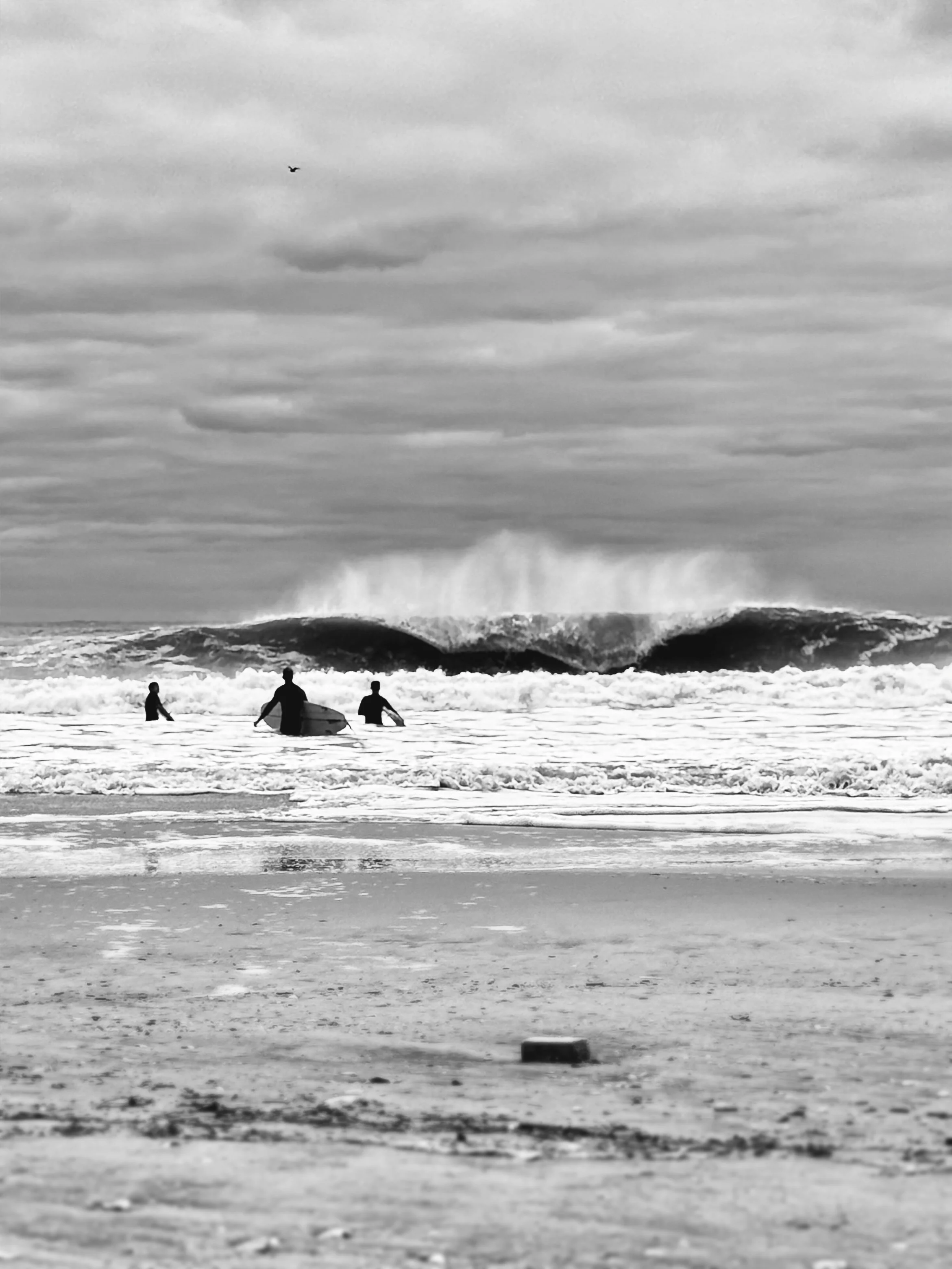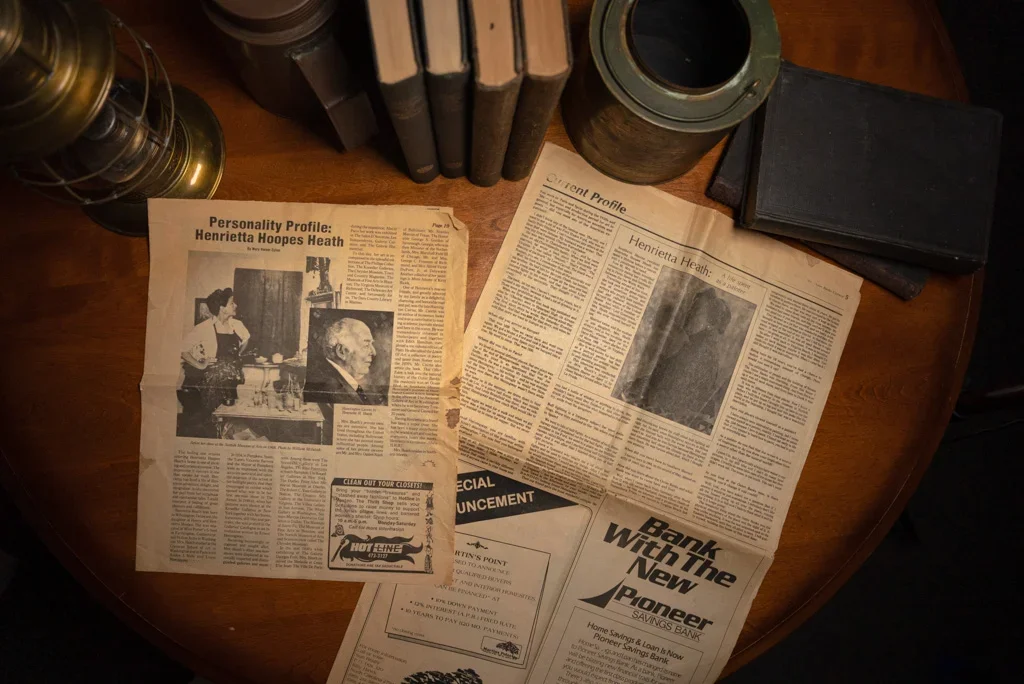Fieldnotes
I built a pitch deck about myself—and realized freelancing today means becoming your own brand. Here’s how self-marketing sparked reflection, growth, and creativity.
Discover how The Brooklyn W.A.Y. and community partners came together for BSA Week 2025 — transforming Mother Gaston Blvd into a space for care, healing, and connection. A behind-the-scenes look at the campaign that redefines what safety means in Brownsville.
Hashtags once ruled social media — now AI and behavior-based feeds decide what people see. Here’s how discovery really works in 2025.
Nearly half of U.S. renters are cost-burdened. Decades of federal inaction fuel eviction, poverty, and encampment sweeps instead of real housing solutions.
The Tackling Mental Health Disparities series spotlighted researchers and advocates advancing equity in mental health care. Designed for short-form platforms, the campaign translated complex research into accessible, engaging stories that amplified underrepresented voices.
Redesigned a national mental health impact report with data visualizations and human-centered storytelling.
Branded visuals, social copy, and a social media audit — how MEDA showcased a zero-waste coconut campaign while building a strategy for long-term growth.
Ocracoke moves at its own pace — ferry crossings, wild beaches, camping under stars, and a community shaped by storms but still standing strong.
Turning a beloved dog’s pawprint into a brand identity — see how Pet Marketing Unleashed combined memory, design, and personality in this project.
Rum has been tied to the Outer Banks for centuries. Kill Devil Rum gives that history a crafted identity — rooted in place, designed to last.
Each winter, humpbacks, fin whales, and right whales pass the Outer Banks, headed south. For now, it’s a rare sight. The hope is that one day it won’t be.
We almost walked straight into them — a living river of siafu (Dorylus), also known as driver ants, cutting across the trail. Thousands of them, jaws out, on a mission. Our guide stopped us just in time — before things got uncomfortable.
The art world wasn’t made for women like Henrietta Hoopes Heath—but she never waited for it to be. In the early-to-mid 20th century, when few women gained recognition as painters, she built a career that moved between Washington, Paris, New York, and Los Angeles. She painted what interested her—bullfights, racehorses, portraits—capturing power and motion in a way that drew both collectors and critics.
She stood in the shadow of a fort, a silent fixture in the tourist spectacle. A chair was strapped to her back, its cushions worn thin from years of riders. I remember marveling at her size, her quiet presence, the way her trunk curled idly in the dust.















